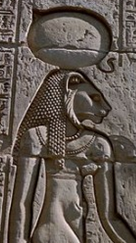 Sekhmet (“The Mighty One”), lioness goddess of ancient Egypt, spread terror with her bloody rampages. Yet she became the protector of kings and a favorite personal goddess of millions of Egyptians.
Sekhmet (“The Mighty One”), lioness goddess of ancient Egypt, spread terror with her bloody rampages. Yet she became the protector of kings and a favorite personal goddess of millions of Egyptians.
Why did Egyptians have a goddess who required such assiduous and even obsessive propitiation? Why did other Egyptian goddesses play roles similar to Sekhmet’s? What explains Sekhmet’s dual nature as destroyer and protector? Why did Egyptians call her the Eye of Ra? Why did she originally appear with an oval disk on her head?
We now have good answers to these questions. But in order to understand them, we need to see why we should think that Sekhmet was Planet Venus. And that requires us to investigate a major case of scientific rejectionism.
Tags: Ancient Egypt, Bastet, Bronze Age catastrophes, Egyptian medicine, Hathor, isis, Mars, Mut, myth, Ra, Sekhmet, Tefnut, Velikovsky, venus
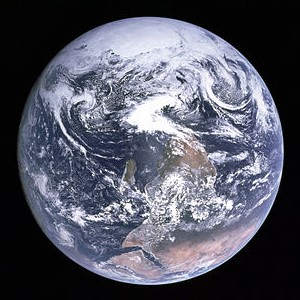 There are good reasons to think that Earth has turned over on various occasions. But who can be surprised that this perception—so removed from everyday experience—seems less than instantaneously persuasive?
There are good reasons to think that Earth has turned over on various occasions. But who can be surprised that this perception—so removed from everyday experience—seems less than instantaneously persuasive?
The good reasons include telling evidence in narrative testimony and correctly interpreted myths of the ancients, embedded patterns in ancient cultures that give evidence of inversions, and the insights and arguments of two formidable researchers. Now we can: add new reasons that strengthen the case; specify the approximate dates of four inversions; extend the theory to the five great mass extinctions of prehistory; comprehend that Earth is actually prone to inversion; and point to where to find more evidence. Understanding inversions helps us correct errors in interpreting past planetary and Earth science while providing clues relevant to climate change.
Tags: Ancient China, Archer Yi, Bronze Age catastrophes, Earth, geomagnetism, inversion of Earth, magnetic reversals, Mars, mass extinctions, Pacific Basin, terrestrial, tippe top, Velikovsky, venus, Warlow
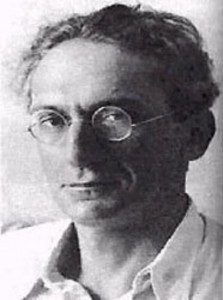 Based on his interpretation of ancient sources, Immanuel Velikovsky argued famously that Venus had emerged from Jupiter as a comet; interacted with the Earth and Mars in the second and first millennia BC, causing the Bronze Age catastrophes; and then finally settled into a nearly circular orbit of the Sun.
Based on his interpretation of ancient sources, Immanuel Velikovsky argued famously that Venus had emerged from Jupiter as a comet; interacted with the Earth and Mars in the second and first millennia BC, causing the Bronze Age catastrophes; and then finally settled into a nearly circular orbit of the Sun.
Three lines of reasoning support a Revised Venus Theory.
First, instead of the various unpersuasive suggestions that Velikovsky and others have made for how a cometary Venus could have emerged from Jupiter, we should consider the possible consequences of the immense gravitational field of Jupiter, which pulls toward it a stream of asteroids and comets, as with Shoemaker-Levy 9 in 1994.
Tags: Abu Simbel, Athena, Black Drop, Great Serpent Mound, Jupiter, Mars, Metis, Nefertari, planetary science, Poseidon, Ramses II, tidal locking, Velikovsky, venus, Zeus
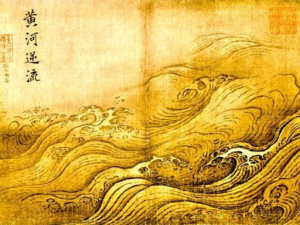 What reality lay behind ancient China’s flood legends? Who was the Yellow Emperor? Who was Archer Yi, what was his vermilion bow, how did he shoot down nine of ten suns, and why were there ten suns in the first place?
What reality lay behind ancient China’s flood legends? Who was the Yellow Emperor? Who was Archer Yi, what was his vermilion bow, how did he shoot down nine of ten suns, and why were there ten suns in the first place?
We now know the answers to these and other questions about ancient China. These answers can lead us to a new understanding of Chinese history, of the worldwide Bronze Age catastrophes, and of the history of climate change. (Ma Yuan, The Yellow River Breaches Its Course, Wikimedia Commons)
Tags: Ancient China, archaeoastronomy, Archer Yi, Bronze Age catastrophes, climate change, Jingwei bird, Liangzhu, Longshan, Mars, myth, Shang, stone ladders, Taidong, Taosi, Teotihuacan, tsunamis, Velikovsky, venus, Western Zhou, Xia, Yellow Emperor, 灾难和气候变化中国古代
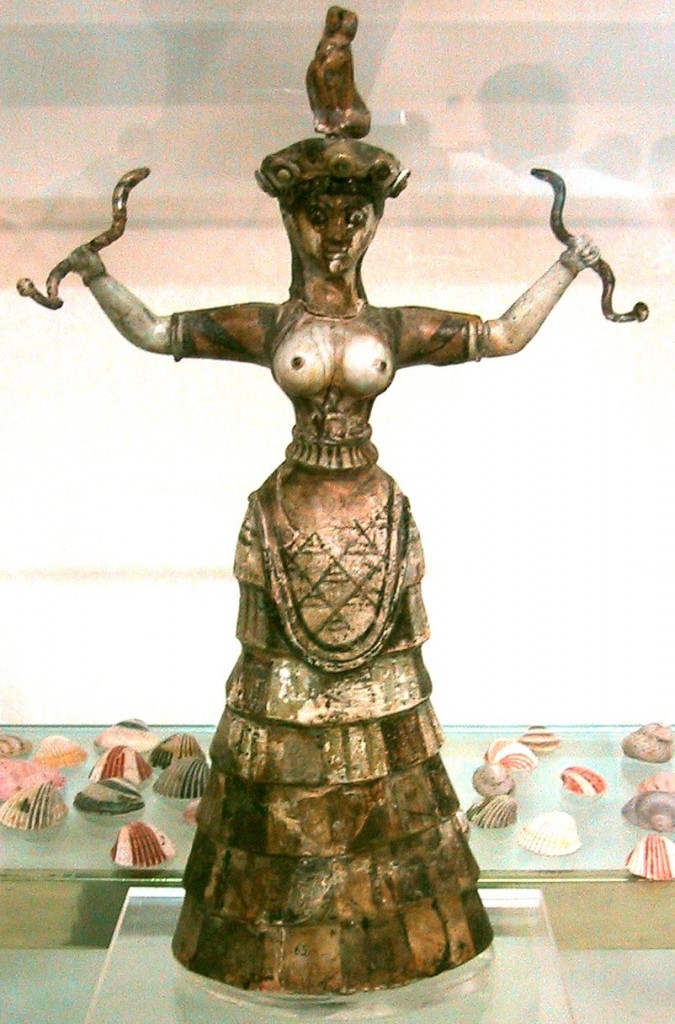 The famous Snake Goddess of ancient Crete has long attracted students of history and art. Elegant, risquée, enigmatic, she embodies the mystery and allure of Minoan civilization.
The famous Snake Goddess of ancient Crete has long attracted students of history and art. Elegant, risquée, enigmatic, she embodies the mystery and allure of Minoan civilization.
Tags: Ancient Greece, Ancient Near East, art, Astarte, crete, iconography, Ishtar, isis, minoan, Minoan snake goddess, planetary science, Velikovsky, venus
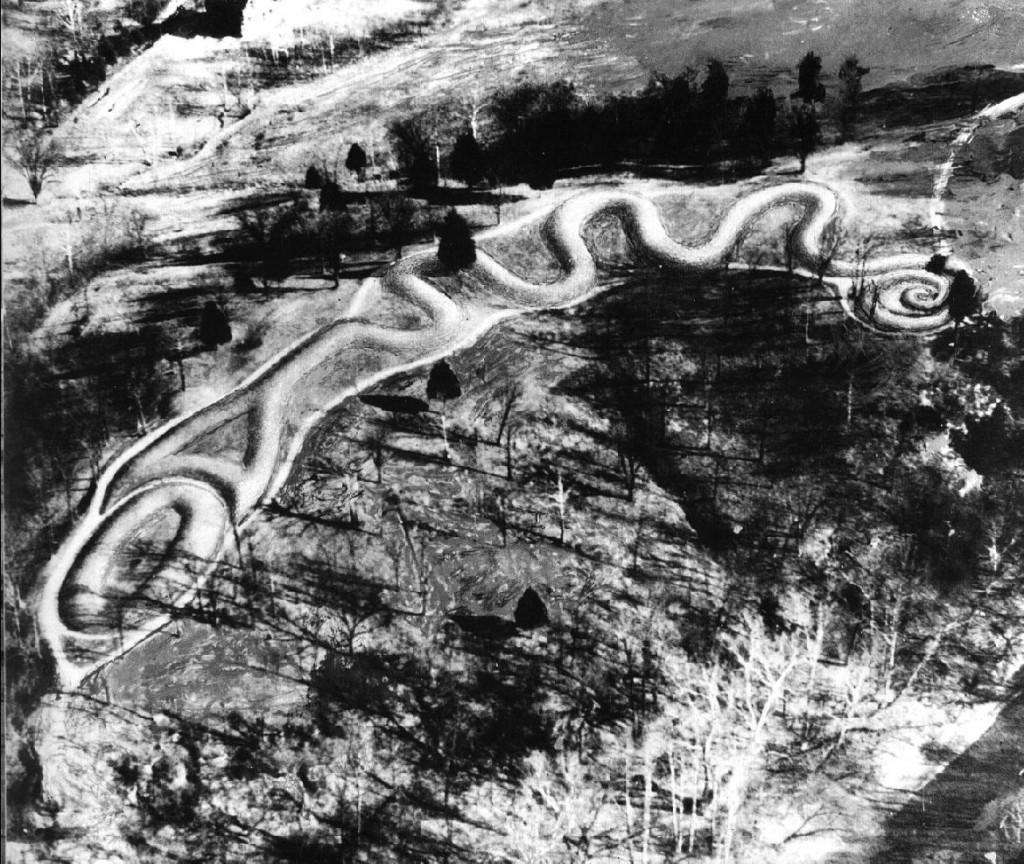
411-meter long Great Serpent Mound in Ohio is the world’s longest effigy monument. Archaeological investigations have yielded conflicting results about its initial construction date, and various theories regarding its meaning have failed to gain traction. But a Revised Venus Theory–one that modifies Immanuel Velikovsky’s theory that the planet Venus was originally a comet that approached the Earth and caused great devastation–neatly matches key characteristics of the Great Serpent Mound.
Recently, this Revised Venus Theory has gained additional credibility from a commonsensical explanation of how a comet-like Venus could have seemed to emerge from Jupiter as in ancient Hindu and Greek myths (Jupiter’s gravity pulled it from the outer solar system), including a simple, obvious reinterpretation of the Metis myth. Much new evidence has also emerged. And the theory has found powerful substantiation from a reinterpretation of the headdress of Queen Nefertari of Egypt, consort of Pharaoh Ramses II, in this image from Abu Simbel (Ramses II’s headdress appears to contain Mars with two moons and a tail, either borrowed from Venus in an encounter or from Martian dust stirred up by an encounter).
Tags: Ancient Egypt, Ancient North America, catastrophe, comet, iconography, planetary science, serpent mound, Velikovsky, venus
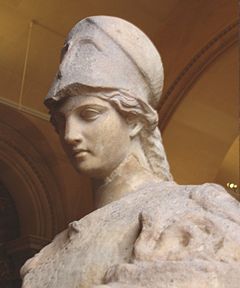

When Venus first appeared in the skies around 2525 BC, ancient peoples worldwide strove to come to terms with this brilliant and awesome new comet-planet (the best account is in Immanuel Velikovsky, Worlds in Collision, though it has been corrected in a Revised Venus Theory). That meant assigning the deity a gender and a name.
In the Near East, they tried both genders. In its masculine incarnation, Venus became the Bull of Heaven (as Velikovsky pointed out, the comet-planet’s body blocked the sun’s rays from the central portion of its tail and thus it was seen as having two horns). In its feminine version, Venus was called Ishtar or Astarte; and in the Levant Astarte was depicted with serpents in her hands—the twin tails of the comet.
In Greece, according to Velikovsky, planet Venus was originally named Athena.
Tags: ancient history, Athena, Bull of Heaven, crete, etymology, Gilgamesh, Greece, Jupiter, Linear B, Master Impression, minoan, Minotaur, Mycenaean, mythology, Phoenicia, planetary science, Poseidon, science, Snake Goddess, Velikovsky, venus
 New evidence and interpretation at the intersection of planetary science and religion can help us better understand the history of the Ancient Near East and of the origins of Islam.
New evidence and interpretation at the intersection of planetary science and religion can help us better understand the history of the Ancient Near East and of the origins of Islam.
A Revised Venus Theory corrects Immanuel Velikovsky’s original theory that the planet Venus first entered the inner solar system as a comet with a bifurcated tail around 1500 BC (new evidence indicates around 2525 BC). Now we have a much better explanation of the origin of Venus (rather than fissioning off of Jupiter, it was pulled from the outer solar system by Jupiter’s gravity and, via tidal heating, became a comet with a long tail). Venus interacted with the Earth on a 52-year cycle during the Late Bronze Age, causing catastrophes worldwide. And we now have a framework theory of the terrestrial planets into which these phenomena neatly fit and for which there is telling evidence. For Comet Venus, there is also newly interpreted, compelling iconographic and linguistic evidence. The names of both Athena (A Fena, the Phoenician) and Poseidon (Bos eidon, the Bull of Heaven), for instance, referred to the double-tailed Venus.
So with new-found confidence that the Ancients and Velikovsky were right about Venus, we can ask how can we use this to decipher aspects of the culture of the Ancient Near East and of the background of Islam.
Tags: Ancient Near East, Ashur, Astarte, Ishtar, Islam, Kaaba, Mohammed, planetary science, Velikovsky, venus
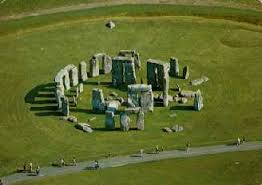 One of the world’s most famous monuments, Stonehenge abounds in mysteries and anomalies.
One of the world’s most famous monuments, Stonehenge abounds in mysteries and anomalies.
Why was Stonehenge built in the first place? Why was it radically transformed shortly before 2500 BC into a masterpiece of megalithic architecture? What explains the intricate, changing patterns of the stones over time? Why the extraordinary effort?
We now have answers to these and other questions, but to get to them we need to set aside preconceptions and come to terms with something that isn’t simple.
Tags: archaeoastronomy, Bronze Age catastrophes, Durrington Walls, eclipses, interpretation of myths, inversions, megalithic, Silbury Hill, Stonehenge, Velikovsky, venus
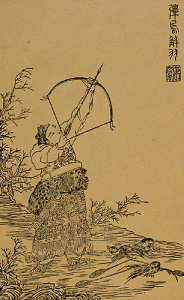 If we can interpret certain ancient myths correctly, they could lead us to more accurate and penetrating views of the history of the Earth and the solar system. They might teach us about the forces at work and explain anomalies bequeathed to us by a long-hidden past. But how can we interpret these myths, the products of minds so far removed from ours? How do we know which interpretation is correct, if any? Are we doomed to speculate without ever achieving certainty?
If we can interpret certain ancient myths correctly, they could lead us to more accurate and penetrating views of the history of the Earth and the solar system. They might teach us about the forces at work and explain anomalies bequeathed to us by a long-hidden past. But how can we interpret these myths, the products of minds so far removed from ours? How do we know which interpretation is correct, if any? Are we doomed to speculate without ever achieving certainty?
Here we will interpret two Bronze Age myths to illustrate the high scientific value such myths might contain. We will also see how easy it can be to understand a myth once the right interpretation becomes available.
Tags: Ancient China, Ancient Greece, Bronze Age catastrophes, comets, earth science, history of solar system, interpretation of myths, Jupiter, myths, philosophy of science, planetary science, Velikovsky, venus, Zeus
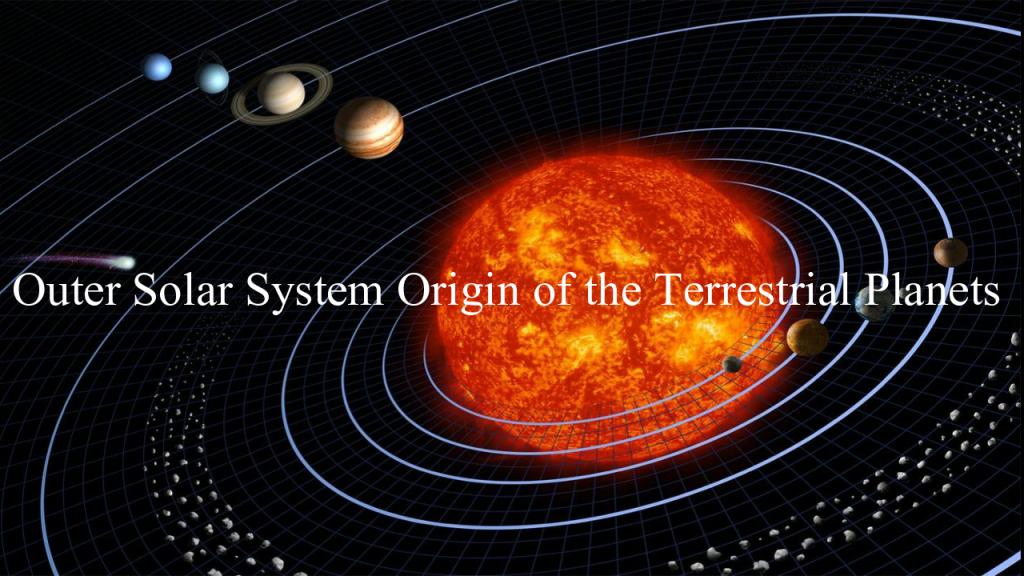
Historian and scientific researcher Kenneth J. Dillon discusses his theory The Outer Solar System Origin of the Terrestrial Planets (OSSO). OSSO explains how Mercury, Earth, the Moon, and Mars originated outside the orbit of Saturn, then were pulled inward by Jupiter’s gravity. Tidal friction heated them to incandescence, then they tidally locked to Jupiter and were separated, moving as comets into their present orbits. See also https://www.scientiapress.com/outer-solar-system-origin.
Outer Solar System Origin of the Terrestrial Planets
Tags: Bronze Age catastrophes, Capture theory, Immanuel Velikovsky, inner solar system, Jupiter, Mars, Mercury, moon, Oceanus Procellarum, planetary science, terrestrial, tidal locking, venus
 Sekhmet (“The Mighty One”), lioness goddess of ancient Egypt, spread terror with her bloody rampages. Yet she became the protector of kings and a favorite personal goddess of millions of Egyptians.
Sekhmet (“The Mighty One”), lioness goddess of ancient Egypt, spread terror with her bloody rampages. Yet she became the protector of kings and a favorite personal goddess of millions of Egyptians.


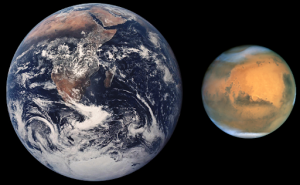
 What reality lay behind ancient China’s flood legends? Who was the Yellow Emperor? Who was Archer Yi, what was his vermilion bow, how did he shoot down nine of ten suns, and why were there ten suns in the first place?
What reality lay behind ancient China’s flood legends? Who was the Yellow Emperor? Who was Archer Yi, what was his vermilion bow, how did he shoot down nine of ten suns, and why were there ten suns in the first place?



 If we can interpret certain ancient myths correctly, they could lead us to more accurate and penetrating views of the history of the Earth and the solar system. They might teach us about the forces at work and explain anomalies bequeathed to us by a long-hidden past. But how can we interpret these myths, the products of minds so far removed from ours? How do we know which interpretation is correct, if any? Are we doomed to speculate without ever achieving certainty?
If we can interpret certain ancient myths correctly, they could lead us to more accurate and penetrating views of the history of the Earth and the solar system. They might teach us about the forces at work and explain anomalies bequeathed to us by a long-hidden past. But how can we interpret these myths, the products of minds so far removed from ours? How do we know which interpretation is correct, if any? Are we doomed to speculate without ever achieving certainty?